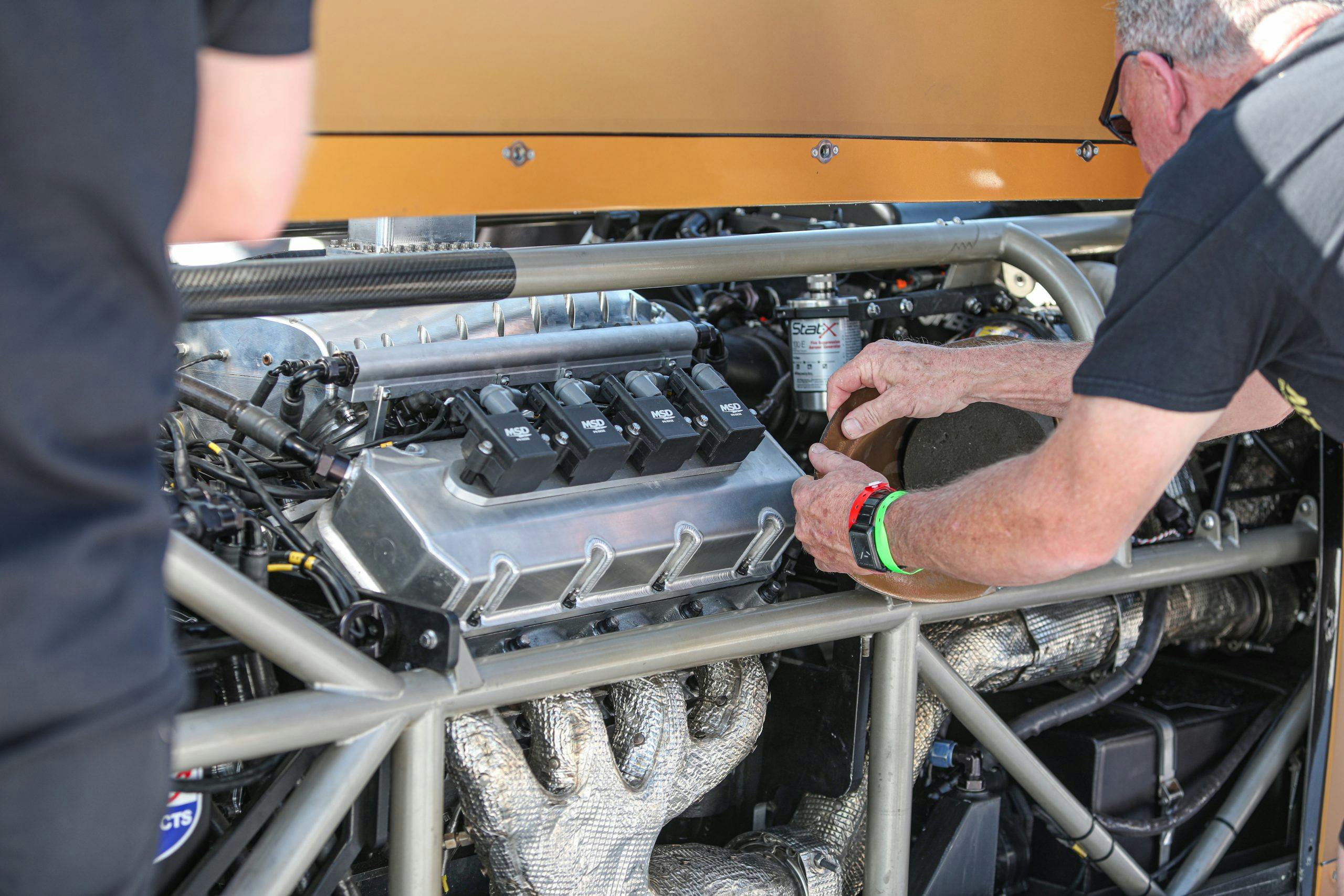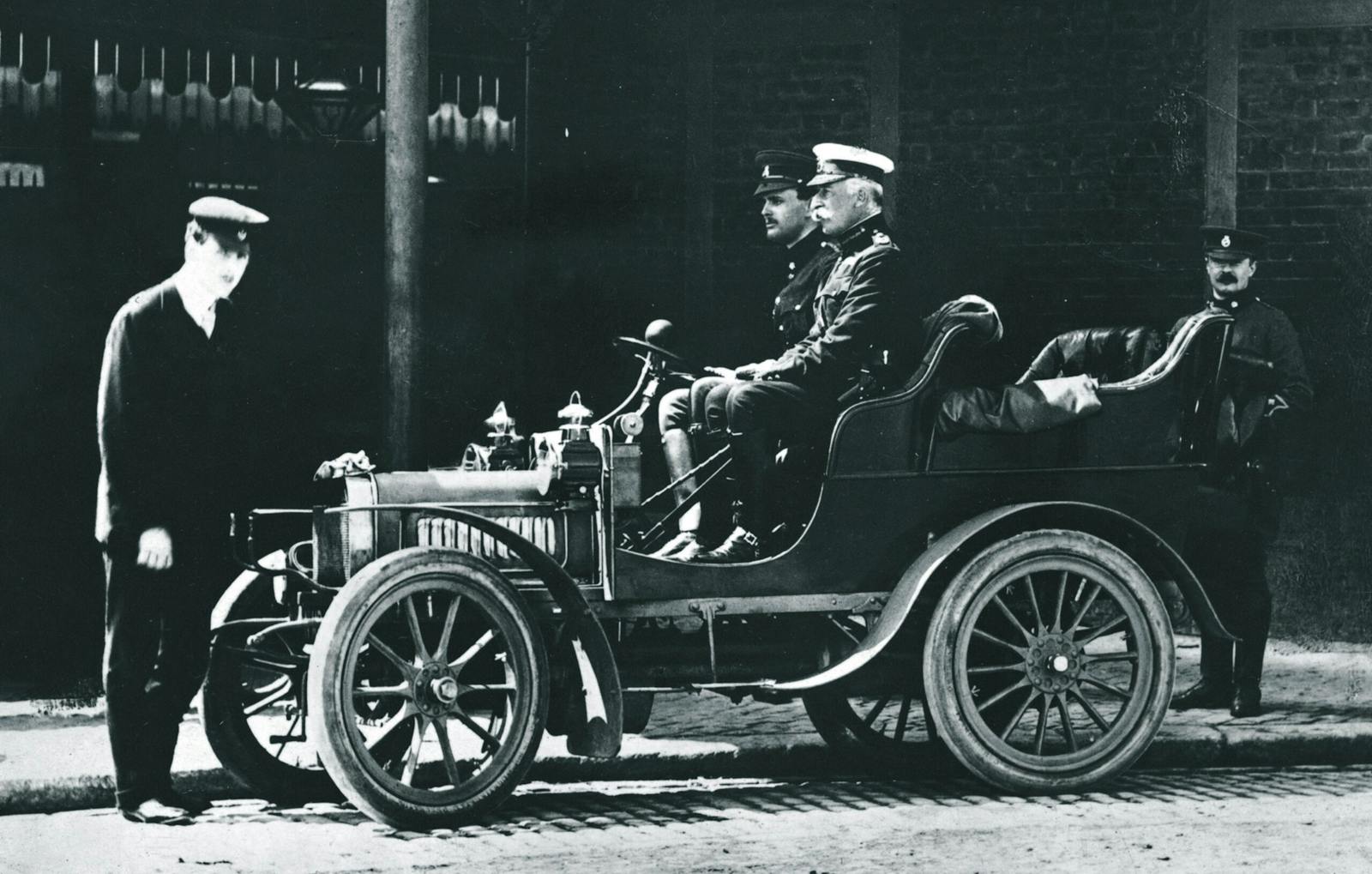Celebrate Chevy’s world-beating big-block on 4/27
Chevrolet’s 427 cubic-inch big-block didn’t last long, but it made an indelible mark in the performance world. The Mark IV big-block 427, available only from 1966–69, is the one that muscle car fans perhaps most revere. Then, the 454 V-8 supplanted the 427 in 1970; it was available in LS6 guise and proved itself among the muscle era’s most brutal engines, living long enough to see duty in work trucks and eventually become choked by emissions restrictions. The extra displacement from the 454 no doubt brought extra grunt, but the fact that the 427 burned so brightly and for precious few years means that it carries a special place in the hearts of V-8 fans. Plenty of motivation to celebrate all Chevy big-blocks on 4/27, right?
The splayed-valve Mark IV 427 that found its way into some of the most collectible of Chevy’s muscle and sports cars owes its creation to the “mystery motor” 427 that the bowtie brand debuted at the 1963 Daytona Speed Week. That prototype 427, barely cooled off from the foundry, found some success powering a pair of 1963 Corvettes against a field that included Porsches and Ferraris, and it took second on the podium at the 1963 NASCAR American Challenge Cup behind an ingenious Pontiac Tempest.
A limited-production 427 was available by way of the Z11 Impala in 1963, just a few months after the Daytona debut, although that 427 had little in common with the mystery motor and production Mark IV 427 that would premiere in 1966. The Z11 427 was based on the same W-motor architecture as the storied 409 that had made a name for itself in NASCAR and on the drag strip. With its angled deck surface that placed the combustion chamber below the cylinder head, Chevrolet’s W-motor was supposed to streamline production by simplifying cylinder head machining, but the design also required the pistons to have tall crowns, increasing piston weight and limiting the engine’s high-rpm usage. Although the Z11 was a formidable drag race engine and did its duty by helping Dave Strickler win the A/FX class championship at the 1963 NHRA nationals (with tuning by Grumpy Jenkins), the 427 mystery motor had shown tremendous potential and its Mark IV big-block descendant would be anointed for the future.

Chevrolet debuted the production Mark IV big-block in 1965, with various 396-cubic-inch V-8s arriving first and the 427 following a year later. Chevy big-block V-8s would go on to power everything from grocery-getter wagons and farm trucks to McLaren Can-Am cars—even the start cart for the SR-71 Blackbird. The versatile engine would last in production until 2009, when the Tonawanda factory built its last Vortec 8.1-liter truck engine. Still, Chevy big-block V-8s are the go-to engine for Pro Mod drag racers and have powered the world’s quickest street-driven cars as well as the world’s fastest piston-powered car. Not a bad legacy at all.
If you’ve got a big-block Chevy, we hope that 4/27 has you behind the wheel of your race-bred engine, knowing that it took on—and beat—some of the finest pieces of engineering in the world.






my experience with the 427 turbo jet in my 1967 chev impala SS. We ordered in in Ajax Ontario and picked it up at easter time 1967 and drove it until november 1968 when it developed a serious knock so GM dealer rebuilt it and we drove it 10 months until it developed the knock again and this time we were told the cylinder walls were oblong again so after second rebuild it lasted 1 month until knock started again. Had enough so traded it in
That’s not good. My 427 was built in 1983 and is still running great. It’s in my 1966 Chevelle and it’s been a great engine.
I got a 427 block numbers are 399-9289